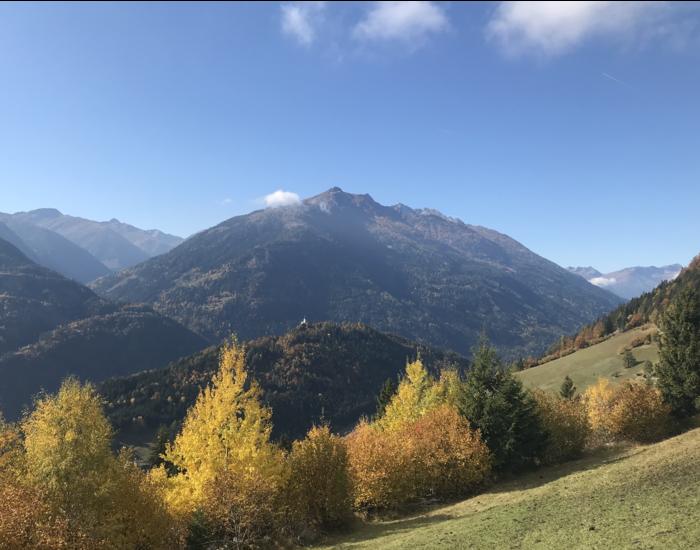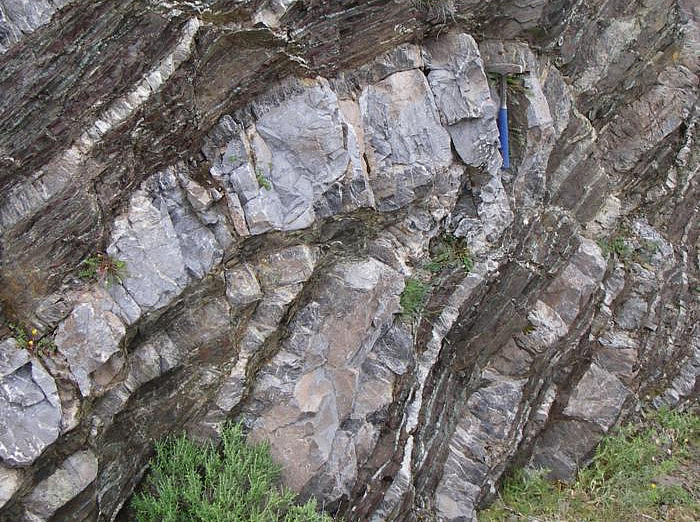
Orogenic processes
Orogenesis comprises the processes of mountain building through subduction and associated magmatism or the collision of continental lithospheric parts, as well as the processes within mountain ranges (e.g. the metamorphisms and exhumation of deep-lying parts of the earth's crust) and on the earth's surface, including the formation of topography. This field of science is characterized by intensive networking of structural geological, tectonic, geochronological and petrological research approaches.
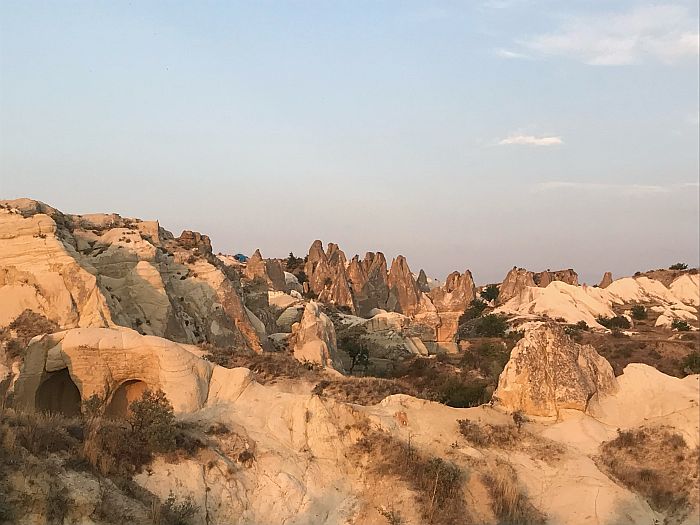
Earth surface processes
The shape of the Earth's surface and the prevailing climatic conditions are the result of numerous interactions between abiotic and biotic processes. Earth surface processes in the geological past, including paleoenvironmental conditions and paleoelevations of mountain ranges, can be quantified through the integration of sedimentology, proxy data, and modeling studies. Ultimately, combining these datasets aims at improving our understanding of the coupling between Earth surface processes, tectonics, and regional biodiversity.
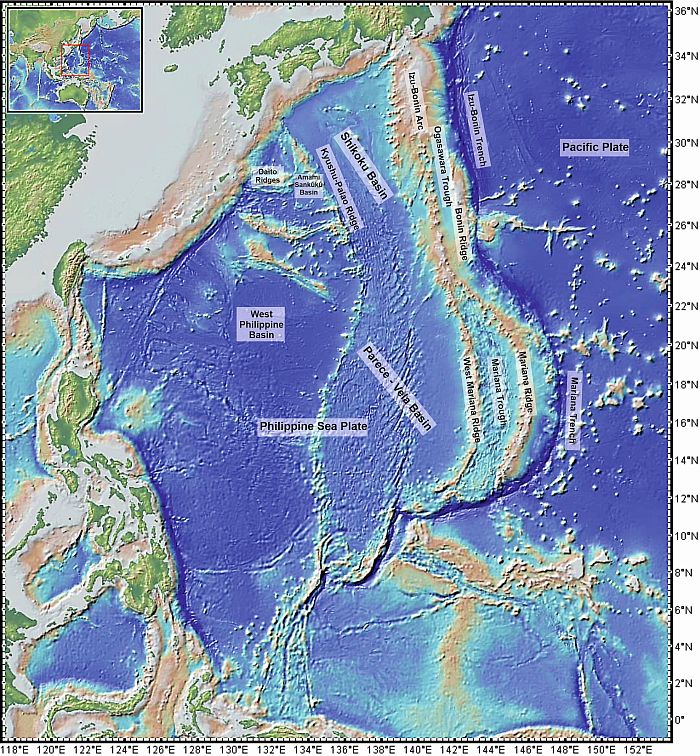
Subduction zones
Subduction zones are characterized by one plate (lower plate), usually with a higher density, sinking under another plate (upper plate) into the Earth's mantle. This process can subsequently result in the collision of two plates, in which one or both plates are strongly deformed and thickened at the edges. Subduction zones can be found around the Pacific Ocean, for example, or along the northern edge of the Indian Ocean. Such plate boundaries exhibit high seismicity with often high earthquake magnitudes.
Magmatic and metamorphic evolution of pre-Alpidic basement units in the Eastern Alps
Walter Kurz, Magdalena Mandl, Isabella Haas, Kevin Karner-Ruehl, Daniela Gallhofer, Christoph Hauzenberger
The European Variscides, a large-scale orogen resulting from the collision of Gondwana and Laurussia, was composed of crustal material mainly from the microcontinents originating from northern Gondwana, e.g. Avalonia, Cadomia, Armorica and the inner Alpine terranes. The southern edge of the Variscan orogen in Central Europe is integrated into the Alpine orogenic belt. It is overprinted by the Alpine crustal deformation and metamorphism, and our knowledge of its composition and structure is poor, as there is little information from Variscan areas within the Eastern Alpine cover systems.
https://doi.org/10.1016/j.lithos.2017.11.022;
https://doi.org/10.1007/s00710-022-00781-3
IODP Expedition 366: Tectonic evolution of the Mariana plate boundary
Walter Kurz, Irena Miladinova, Arianna Valentina del Gaudio
Project P 31683-N29 of the Austrian Science Fund (FWF). Using drill cores recovered during the International Ocean Discovery Program Expedition 366, processes within the upper plate and along the subduction channel at an active subduction zone and the associated transformation of the mantle of the Philippine Plate are investigated. The transformation of the mantle into serpentinite and serpentinite mud is caused by deeply circulating aqueous fluids. This enables the investigation of processes deep in the Earth's crust and mantle as well as along subduction zones.
http://dx.doi.org/10.1098/rsta.2018.0425;
doi:10.1016/j.margeo.2021.106431;
DOI: 10.1127/nos/2021/0673;
DOI: 10.1002/jqs.3532;
https://doi.org/10.1029/2023GC010968
https://doi.org/10.1016/j.epsl.2024.118717
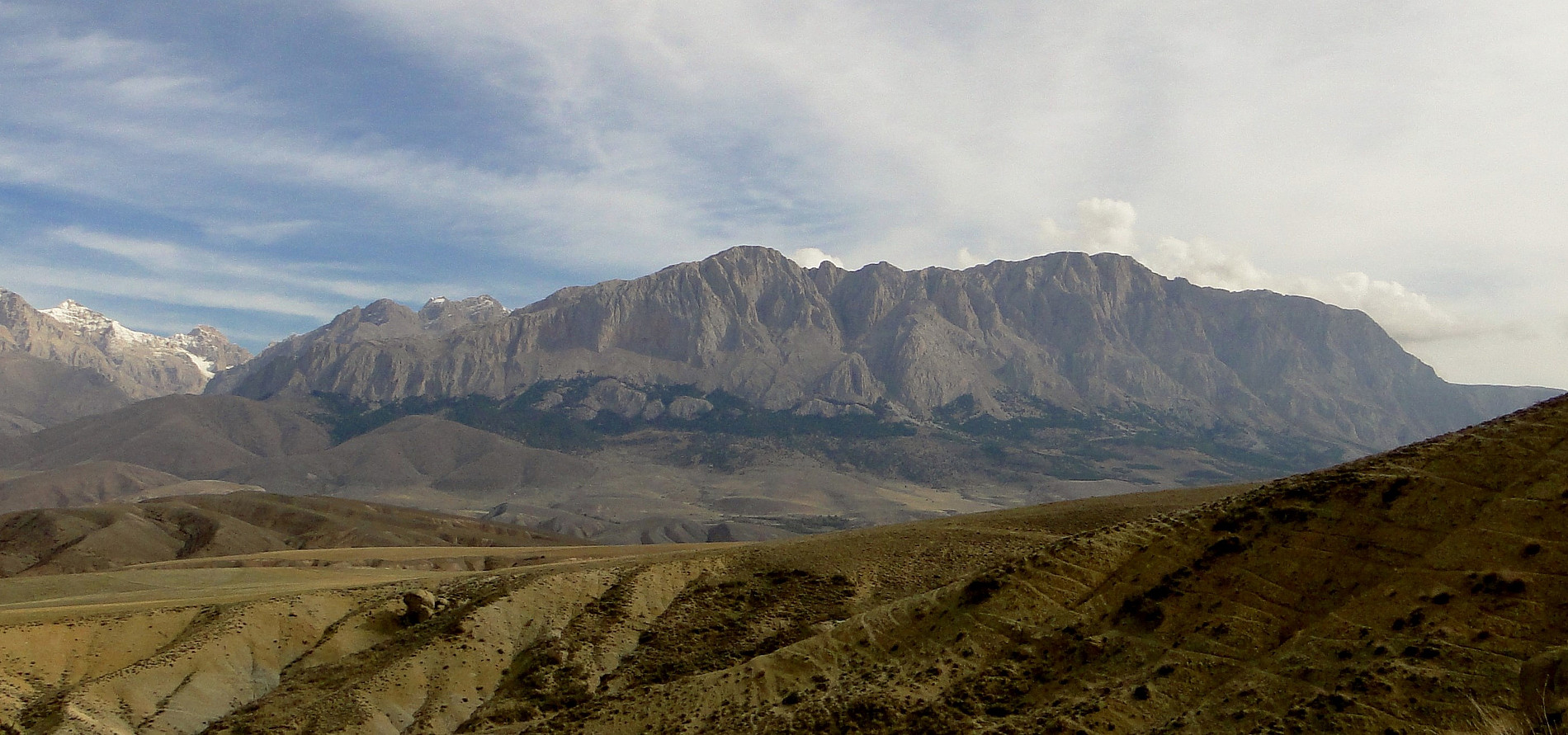
Geosphere-biosphere interactions of the Anatolian plateau region (Turkey)
Maud Meijers and collaborators
Central Anatolian Miocene to Pliocene fluvial and lacustrine records provide excellent proxy materials (e.g. soil and lake carbonate, fossil mammal tooth enamel) to study landscape evolution over geological times. We quantify Earth surface processes by using stable isotope geochemistry to reconstruct paleoenvironments (vegetation, climate, seasonality, hydrology) and paleoelevations and link our results to tectonic processes and regional biodiversity.
Reconstructing eastward propagation of surface uplift in the Alps
Maud Meijers and co-PIs Sebastian Mutz, Andreas Mulch, Todd Ehlers
The primary research questions of this DFG-funded project are: (1) At what time prior to the Middle Miocene did the Central Alps reach high elevations? (2) When did the Western and Eastern Alps reach high elevations with peaks of >3 km? (3) How does diachronous west-to-east surface uplift of the Alps impact regional climate and stable paleoaltimetry reconstructions? This project combines stable isotope paleoaltimetry with clumped isotope-based climate reconstructions (PhD student Armelle Ballian) and paleoclimate modeling using isotope-enabled general circulation models (GCMs; PhD student Daniel Boateng).
